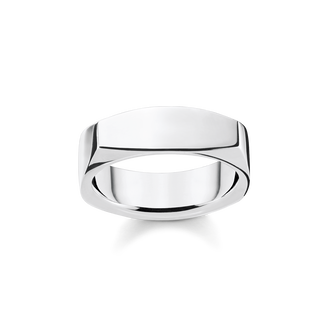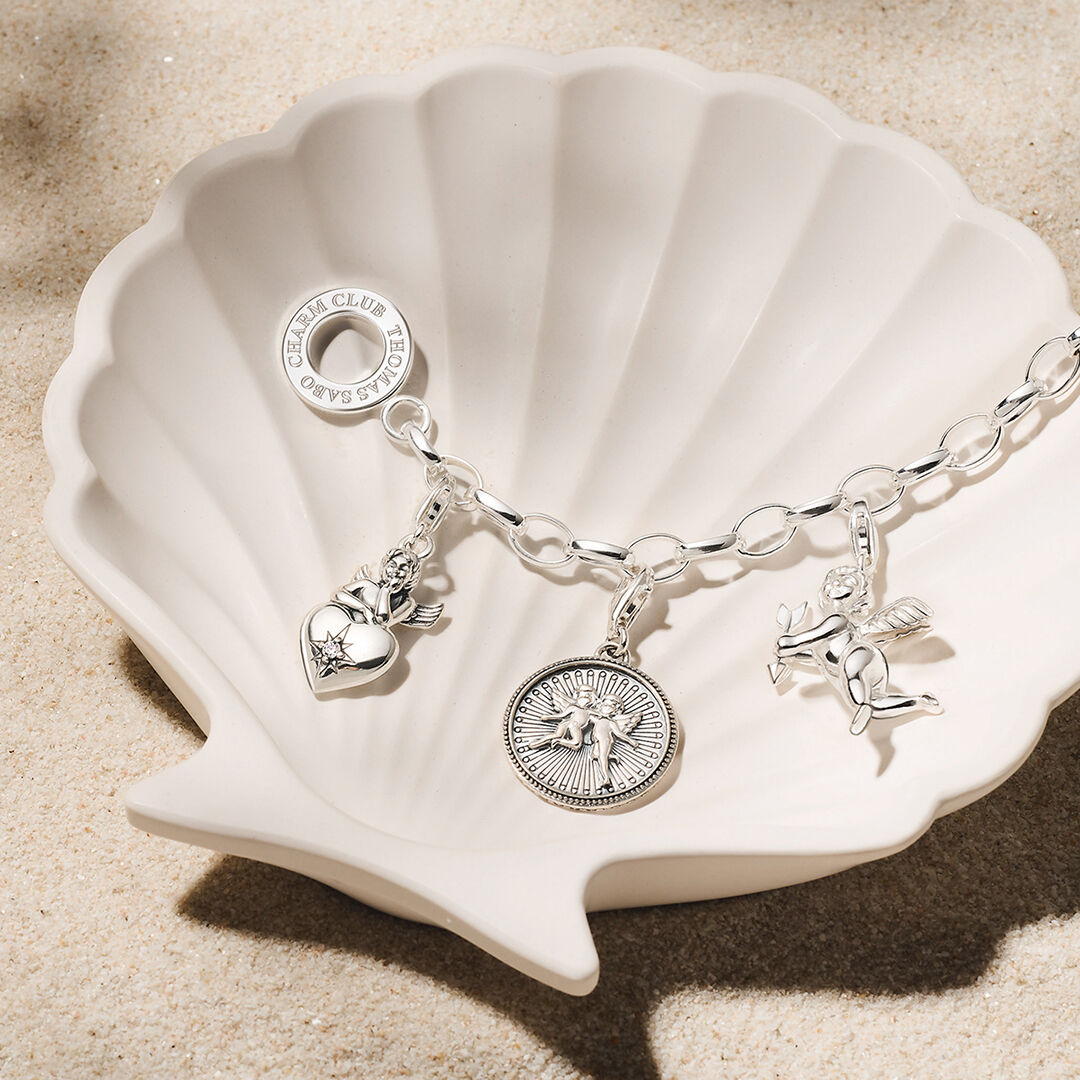
What is the meaning of 925 when it comes to silver jewellery?
Silver is a precious metal and is obtained through a variety of processes using silver, lead and copper ores. For example, thanks to a chemical process. A sodium cyanide solution can release silver from silver ores. Furthermore, silver can be obtained by recycling irreparable jewellery pieces and materials that are no longer used for jewellery production. For that, THOMAS SABO cooperates with refining establishments in Germany and is able to source new fine silver for their jewellery production. This is a modern, sustainable process to source silver.
In its purest form, it is hardly used for the production of jewellery or other valuable objects. Instead, alloys consisting of silver and a certain amount of a different metal are being used. The most common ones are copper-silver alloys. Depending on their fineness, these are referred to as 800, 835, 925 or 935 silver. This number indicates in thousandths of a part the exact amount of real silver in the respective alloy. 925 silver indicates that 92,5 % fine silver is contained. The remaining 7,5 % consist of other metals like copper. This makes pure silver stronger without making it brittle. It can be processed easily and used to design pieces of jewellery in very different shapes.
The majority of THOMAS SABO’s rings, necklaces, bracelets, pendants and earrings are made of 925 Sterling silver. It is real silver which has been complemented with other metals to ensure better workmanship and high-quality production. A stamp on every piece of jewellery confirms the material’s authenticity.
„Sterling silver“ – the name’s origin
925 silver is the most popular and best-known alloy which is called “Sterling silver”. Its name has its origin in Great Britain. Silver pennies – which the British called “sterlings” – were made of 925 silver. This also indicates the silver pennies’ origin that came from the East, and thus from the European continent, to Great Britain. Sterling is the short form for Easterling, which can be translated with “Easterner” or “coming from the East”.
925 silver’s value
Even in ancient times, people accredited a high value to the brilliant metal and used it as a means of payment. With silver, they created jewellery, coins and further valuable objects. Up until the 1970s, silver coins were used as a means of payment in Germany. Nowadays, they are collector coins and are regarded as an investment.
Just like gold, silver has a specific value or rather 925 silver price at which the precious metal can be bought in its purest form. It can always change and is determined by supply and demand.
Why is 925 silver so popular when it comes to jewellery-making?
In order to make silver jewellery, the metal needs to be melted. Once it has melted it absorbs oxygen, when it comes to pure silver, up to 20 times of its own volume. Once it solidifies, the gas escapes and rips the metal’s surface open. The result: a brittle inner structure and an uneven surface – unsuitable for jewellery-making.
If a small amount of other metals like copper is added, this result can be prevented. At the same time, it makes the silver harder. It can still be formed and molded, but still possesses a higher degree of firmness. This way, it can be molded into a shape and is the ideal metal to create jewellery like rings, bracelets, necklaces and pendants.
Firstly, 925 silver is an excellent, flexible material. And secondly, thanks to its attractive aesthetic, it is used for jewellery-making. Whether it is polished or matted, the precious metal has a bright surface that both women and men love.
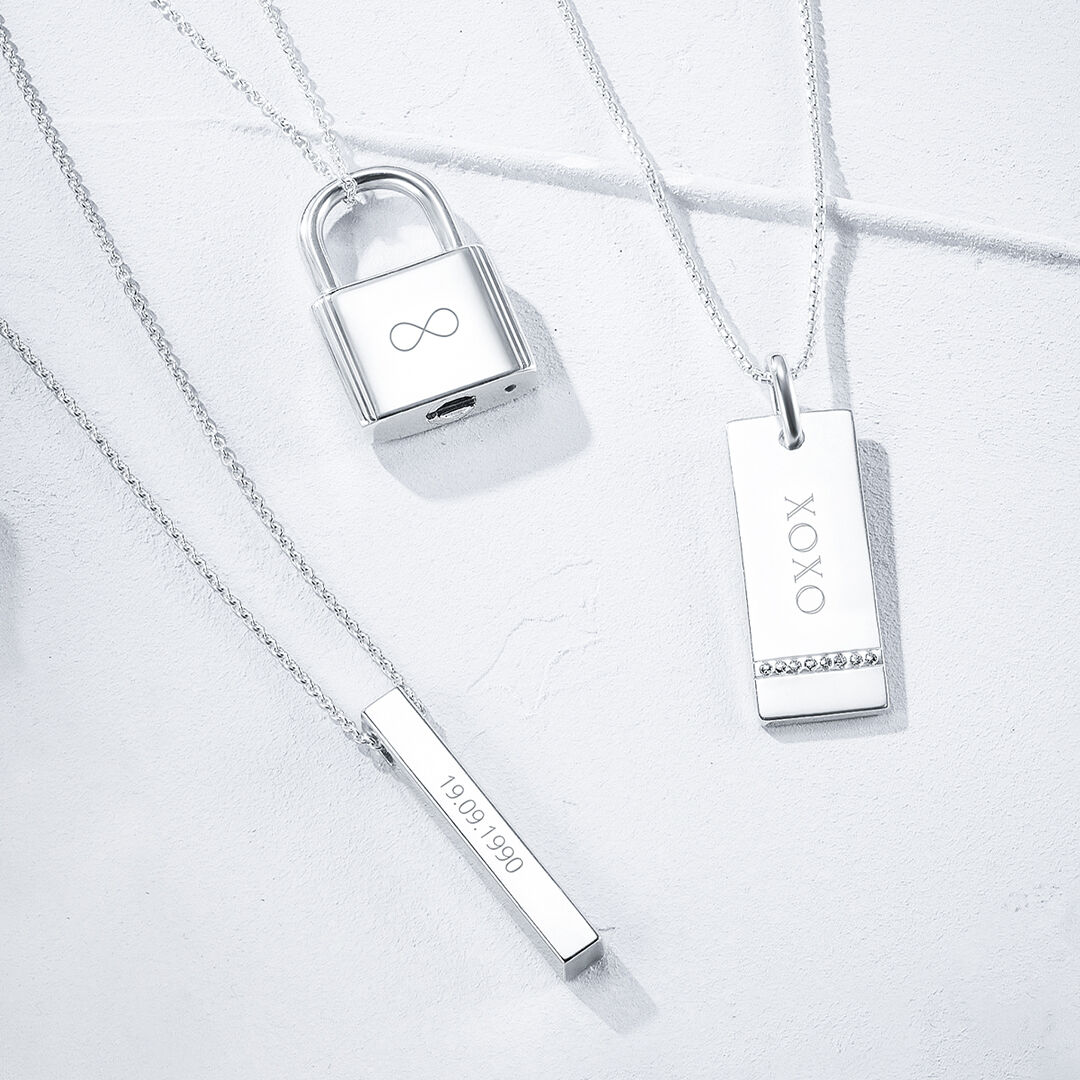
925 silver and its special properties:
- soft and easily stretchable and mouldable during the manufacturing process
- very durable
- very light colour, especially compared to other metals
- above average, high polishability
- very reflective
- resistant to corrosion
- antibacterial
- 100% waterproof
For thousands of years, women and men around the world have been wearing silver jewellery like lucky charms, talismans or special accessories on festive occasions. The light, shimmery metal is timeless and suits every style. With 925 silver, fine and minimalistic pieces of jewellery as well as opulent, extravagant designs can be created. With silver jewellery, everyone can accentuate one’s personality and find the perfect accessory for any occasion.
Further advantages of 925 silver jewellery
- Longevity: 925 Sterling silver is durable, very resistant and keeps its shine and shape for many years
- Lightweight: compared to other precious metals, it is lighter and comfortable to wear
- Hypoallergenic: this metal does not cause allergic reactions or skin irritations in most individuals
- Value: 925 silver has always been a valuable material which is why its price can rise over time
- Low-maintenance: this metal can be polished and maintained using a care cloth or special cleaning agents
- Versatility: 925 silver can be used to create different designs and refined with high-quality plating, for example with 750 rose or yellow-gold plating
Why should you clean silver jewellery?
Over time, 925 silver jewellery may turn yellow, brown or black. This is not a sign of poor quality or external damage. It is nothing but a natural process: the precious metal reacts to humidity in the air. Or, more precisely, due to the hydrogen sulfide contained in the oxygen, it can oxidate to silver sulfide. The latter remains on the silver jewellery’s surface and becomes visible as discoloured spots.
If any toiletries, make-up, hairspray, perfume or sweat comes into contact with rings, chains, pendants and earrings made of 925 silver, you should clean them as well. These substances can also contribute to a discolouration of your women’s or men’s jewellery. This is the reason why we do not recommend wearing any 925 silver jewellery whilst taking a shower, a bath or going for a swim.
How do you clean and care for silver jewellery?
925 silver is relatively light and can be cleaned in different ways. Which one you should choose depends on the surface that needs to be cleaned. rings for women or signet rings for men with a smooth surface can be cleaned using a jewellery care cloth for sparkling results. You can use the same approach for bracelets, bangles and necklaces that do not have any stone embellishments or decorative elements.
Ear studs, pendants and pieces of jewellery with fine engraved lines, sublime dots and stone embellishments should not be cleaned with a cleaning cloth. It would be a better option to clean them in a jewellery care bath. You can buy the latter as well as the jewellery care cloth in our online shop jewellery cases & care products.
Another option would be to clean your silver jewellery in an ultrasonic device. Our in-house workshop also offers a fee-based restoration service. You can book this service in a THOMAS SABO store or via our online shop.
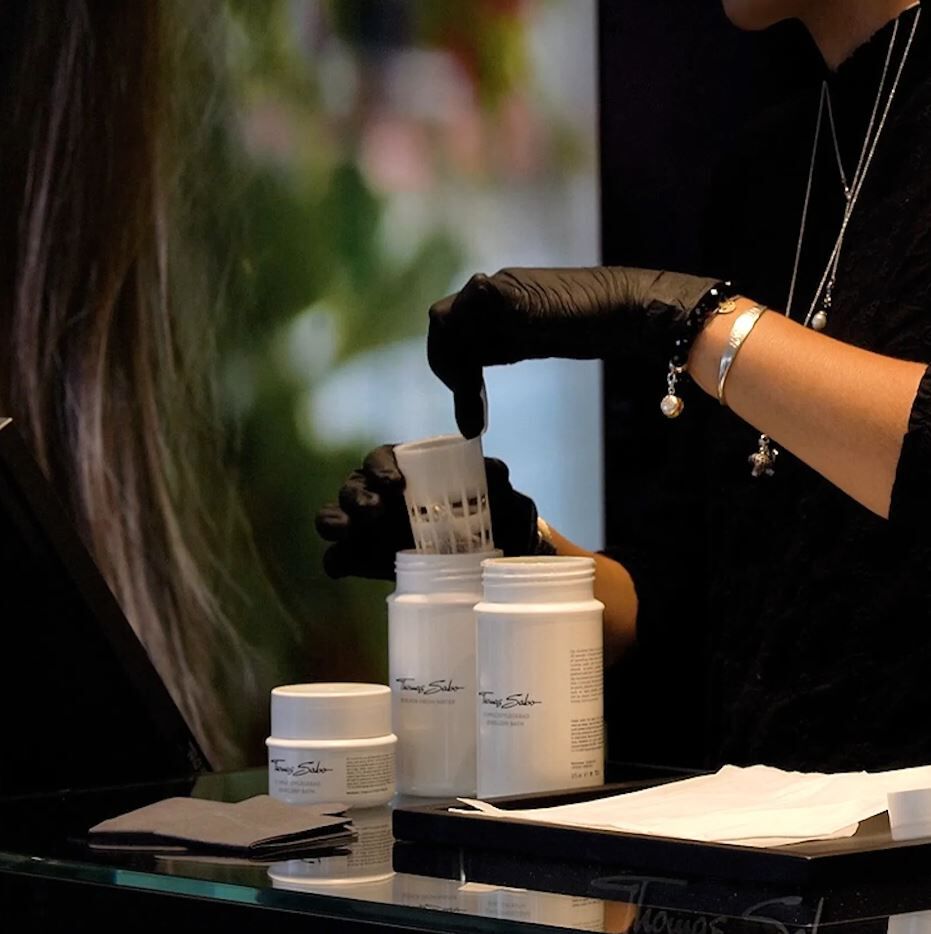
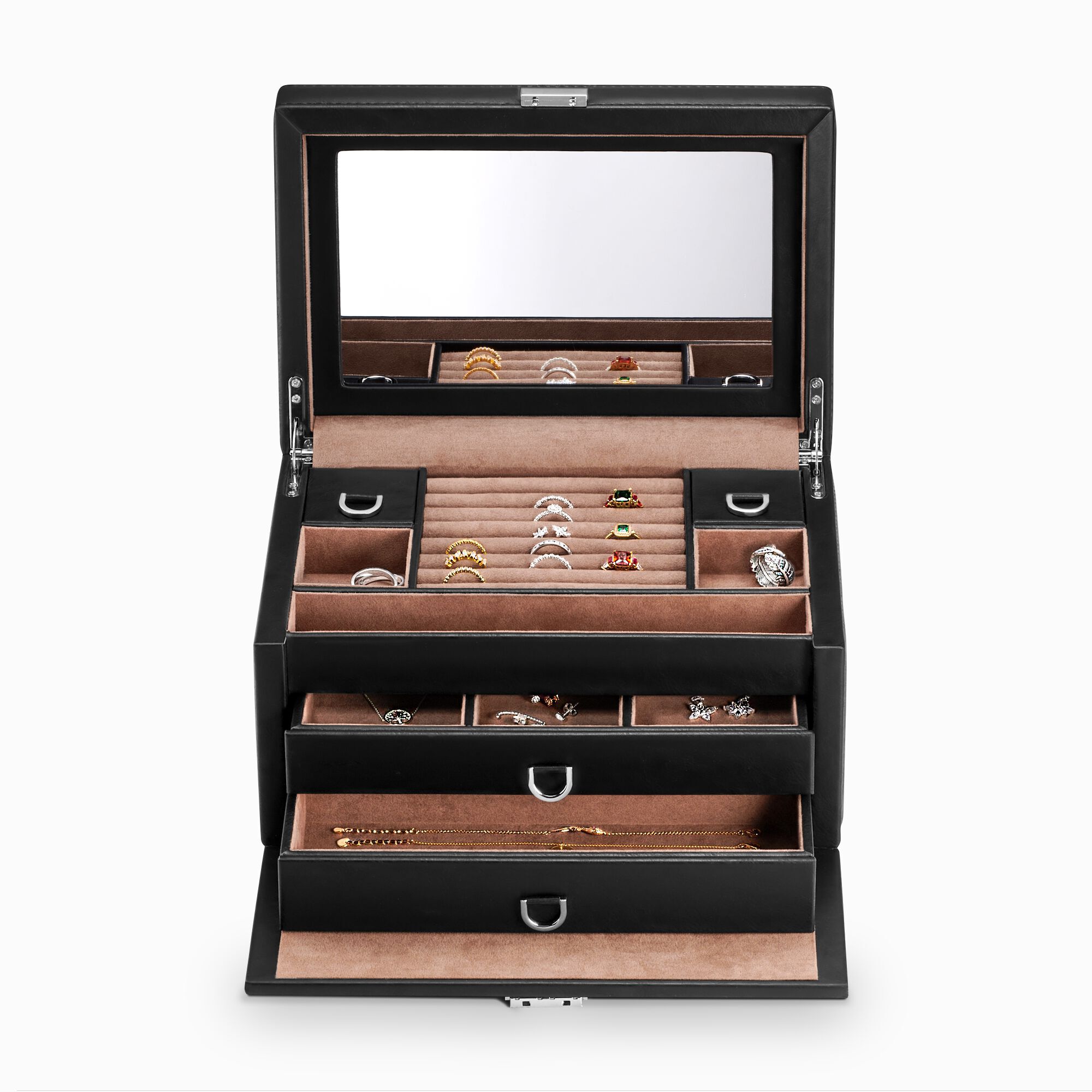
925 Sterling silver: tips for perfect cleaning
- Dunk your pieces of jewellery in the jewellery care bath only very briefly, then rinse with clear water and pat them dry with a soft cloth.
- Polish 925 silver with a care cloth after cleaning it.
- Follow the silver cleaner’s instructions for use.
- For cleaning in an ultrasonic device, use water and a neutral cleaner, but no harsh cleaning agents.
- THOMAS SABO jewellery made of 925 silver can also be cleaned in a jewellery care bath.
- If the jewellery is blackened, you should not put it in a jewellery care bath, but clean the polished spots with a silver cleaning cloth instead.
- Cultivated freshwater pearls, mother-of-pearl, imitation turquoise, lapis lazuli, jasper and other stones should not come into contact with the jewellery care bath.
How should you store jewellery made of 925 silver?
Contact with certain substances in the air is the main cause why Sterling silver changes its colour. This is why we recommend that you store your jewellery in the delivered jewellery packaging or a jewellery box. This way, 925 silver is protected from light, dust and other dirt as well as any potential damage.
The bath is not a suitable place to store your silver jewellery. The high level of humidity favours a discolouration of 925 silver. The dressing room or the cloakroom are perfect areas to store your silver jewellery. This way, you will be able to enjoy it for a long time.
In the spotlight: our 925 Sterling silver
- made of 925 ‰ silver and 75 ‰ copper
- in-house hallmarking on every design confirms the metal’s purity and authenticity
- harder and more durable than fine silver
- nickel free
- not rhodium plated for a warm, light and authentic silver colour
- blackened 925 Sterling silver thanks to an abrasion-resistant oxidizing agent: targeted blackening of certain spots to visually highlight black zirconia stones, the three-dimensional design or the jewellery’s masculine charisma
- using recycled fine silver to reduce CO2 emissions, water consumption and further ecological impacts to a minimum

